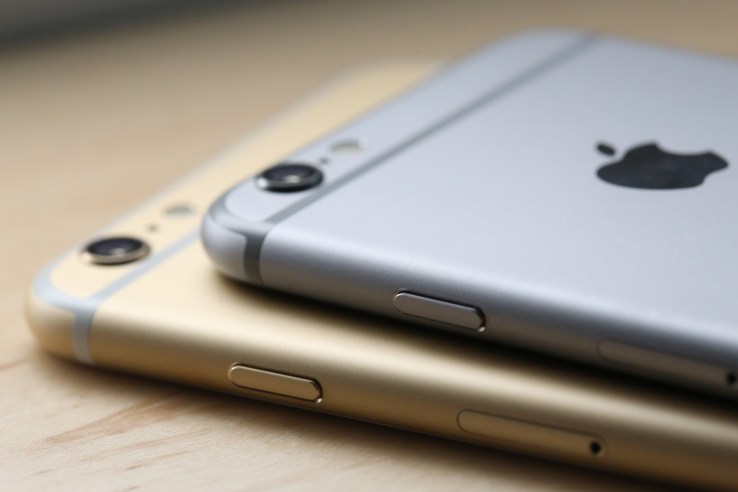The cloud has become a well of acronyms, each promising to fuel digital transformation and bring flexibility to once-closed systems. While most cloud adopters have become intimately familiar with acronyms such as SaaS (Software as a Service), PaaS (Platforms as a Service), and so on, a new acronym is emerging that might just change how enterprises achieve their cloud goals.
That acronym, NaaP, lends itself to the concept of a Network-as-a-Platform model, a concept that drives the ability to transform existing infrastructure investments into a cloud-like model. In other words, NaaP strives to bring legacy systems into the world of the cloud services, all without having to re-engineer enterprise infrastructure. Part of that transformation comes from the idea of going beyond NFV (Network Function Virtualization) solutions, and enhance hardware abstraction of network functionality by providing tools that ease integrating critical elements, such as provisioning, policy enforcement, configuration, troubleshooting, and licensing.
In a quest to fuel the growth of NaaP and more importantly, bring an advanced service delivery and management platform to fruition, networking vendor Riverbed has launched the Riverbed Service Delivery Platform (SDP), a software solution which wraps the functionality of NFV into the ideology of DeVOps, where on-demand access to services and platforms have become the key components for speeding services delivery, addressing issues of scale, and improving operational security.
Riverbed SDP is purported to bring carrier-grade service management tools that ease bringing DevOps ideologies to the world of networking. Or as Irina Farooq, Vice President Management and Strategy, Riverbed says “Essentially, our SDP transforms existing NFV investments into a cloud-like NaaP model where each service becomes a building block to create another service that brings even more value to the customers.”
While the concept may seem somewhat complex, Farooq explained “SDP should be thought of as an abstraction layer that facilitates the provisioning of VNFs required for the delivery of a service using Network Function Virtualization (NFV) / Software Defined Networking (SDN) principles.”
For the enterprise and service provider crowd, that means riverbed is looking to bring the agility of the cloud to existing infrastructure, by adding a new abstraction layer, which automates and simplifies thorny tasks, such as provisioning, scaling, and overall services management.
That said, the real takeaway here is that SDP will make digital transformation much easier, all with the added expense of new hardware, appliances, and network re-engineering.
Of course, fueling digital transformation is the only goal of those promoting NaaP solutions. NaaP also promises to bring better security and more flexibility to cloud services environments, something that has become more important as businesses strive to build hybrid infrastructures, without adding oppressive complexity to their services offerings. NaaP helps to unify the management of services and tear down the silos that have existed between DevOps, Networking, Cloud Services, and Information Security. In the end, the added layer of abstraction, combined with monitoring and management tools will bring more capabilities to existing systems, while removing the age old encumbrances of static provisioning and lack of scale.



0 comments: